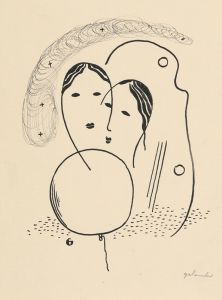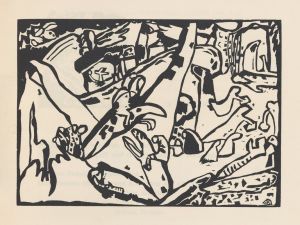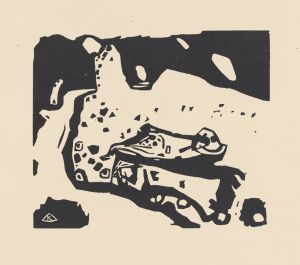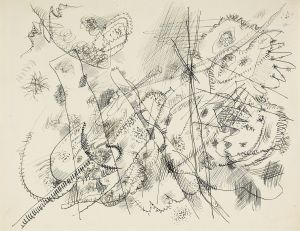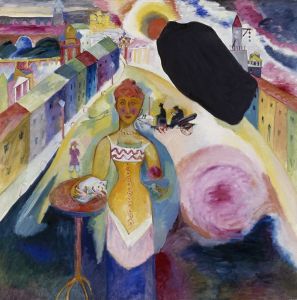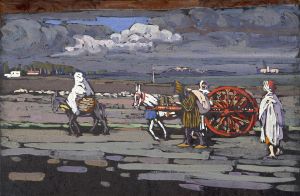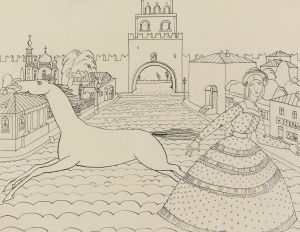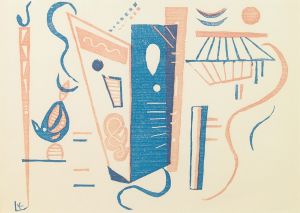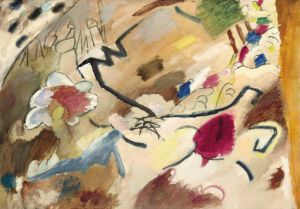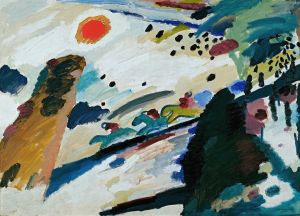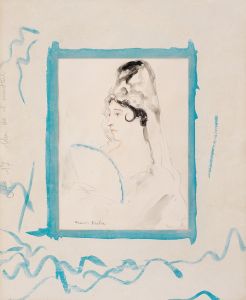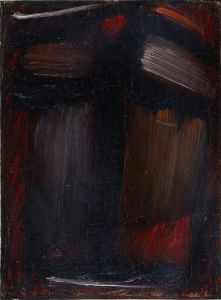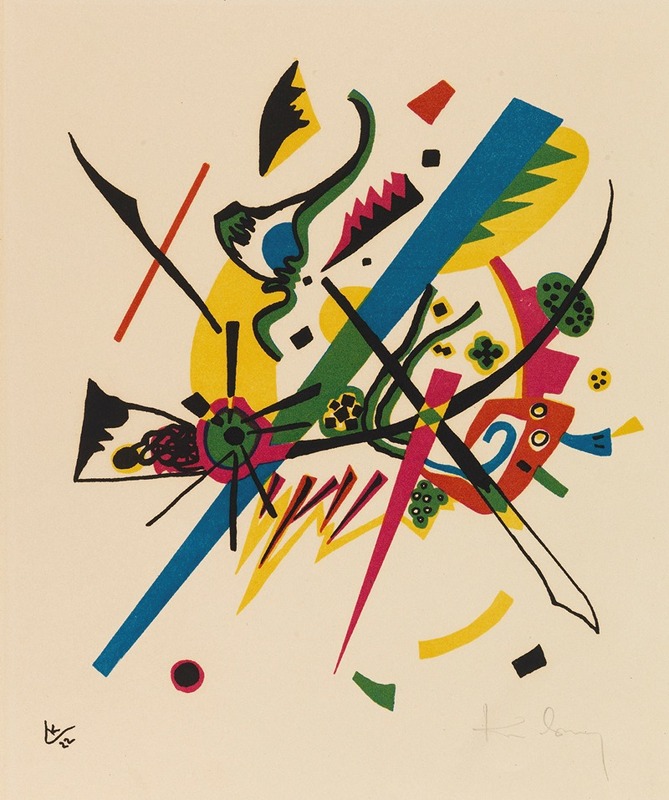
Kleine Welten I
A hand-painted replica of Wassily Kandinsky’s masterpiece Kleine Welten I, meticulously crafted by professional artists to capture the true essence of the original. Each piece is created with museum-quality canvas and rare mineral pigments, carefully painted by experienced artists with delicate brushstrokes and rich, layered colors to perfectly recreate the texture of the original artwork. Unlike machine-printed reproductions, this hand-painted version brings the painting to life, infused with the artist’s emotions and skill in every stroke. Whether for personal collection or home decoration, it instantly elevates the artistic atmosphere of any space.
"Kleine Welten I" (Small Worlds I) is a print created by the Russian painter and art theorist Wassily Kandinsky in 1922. Kandinsky is renowned for his pioneering work in abstract art and his contributions to the development of modern art in the early 20th century. "Kleine Welten I" is part of a series of twelve prints collectively titled "Kleine Welten" (Small Worlds), which includes lithographs, woodcuts, and drypoints.
Kandinsky created the "Kleine Welten" series during his time at the Bauhaus, the influential German art school where he taught from 1922 to 1933. The Bauhaus was known for its innovative approach to art, design, and architecture, emphasizing the integration of fine arts and crafts. Kandinsky's work at the Bauhaus was instrumental in shaping his artistic philosophy and practice, and the "Kleine Welten" series reflects his exploration of abstract forms and colors.
"Kleine Welten I" is a lithograph, a printmaking technique that involves drawing on a flat stone or metal plate with a greasy substance, then applying ink to the surface. The ink adheres only to the greasy areas, allowing the artist to create multiple copies of the image. Lithography was a popular medium among artists of the early 20th century for its ability to produce fine details and a wide range of tonal values.
In "Kleine Welten I," Kandinsky employs a dynamic composition of geometric shapes, lines, and vibrant colors. The print features a central circular form surrounded by various abstract elements, including triangles, rectangles, and organic shapes. The interplay of these forms creates a sense of movement and depth, characteristic of Kandinsky's abstract style. The use of bold colors and contrasting tones adds to the visual impact of the piece, drawing the viewer's eye across the composition.
Kandinsky's interest in abstraction was deeply influenced by his belief in the spiritual and emotional power of art. He sought to convey inner feelings and universal truths through non-representational forms, a concept he articulated in his theoretical writings, such as "Concerning the Spiritual in Art" (1911). In "Kleine Welten I," the abstract forms and vibrant colors can be seen as an expression of Kandinsky's desire to evoke a sense of harmony and balance, transcending the material world.
The "Kleine Welten" series, including "Kleine Welten I," is considered an important example of Kandinsky's mature work and his contributions to abstract art. These prints demonstrate his mastery of composition, color theory, and printmaking techniques, as well as his ongoing exploration of the relationship between form and meaning.
Today, "Kleine Welten I" and the other prints in the series are held in various public and private collections around the world. They continue to be studied and admired for their innovative approach to abstraction and their significance within the broader context of modern art. Kandinsky's work, including "Kleine Welten I," remains influential, inspiring subsequent generations of artists and art enthusiasts.





